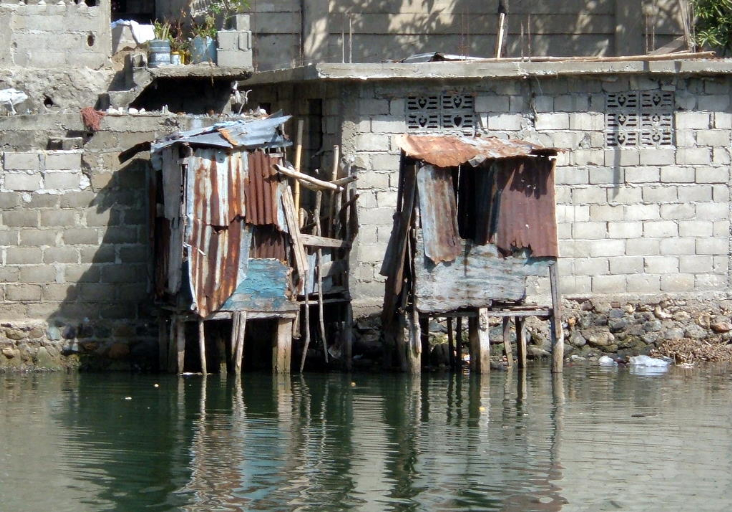Current Issues in Water and Sanitation

Latrines in Cap Haitien, Haiti (Photo credit: memoireonline.com)
Conventional water borne waste transportation and treatment containing pharmaceuticals and other harmful chemicals has the capability of inflicting major ecological damage on aquatic ecosystems and groundwater. This Nature Article shows how concentrations of chemicals from birth control which naturally pass through the human system can cause damage and potential collapse of fisheries resources. Non-water transport systems such as the Thermopile Project, eliminate this previously unanticipated environmental risk.
The energy economics of water use in California is summarized by the KQED article The Great Water-Power Wake-Up Call.
This document, Water-Energy Connection, was published by the California Energy Commission comparing the cost and consumption of energy in relation to water and wastewater services.
This article, California Drinking Water: Desalination No Panacea for State’s Woes, expresses the need for clean drinking water in California and how the cost of desalination and other water purification techniques far exceed the price required for water conservation efforts.
This article explains the impact of endocrine disuptors and hormones on aquatic habitats and environments, Microbial Degradation of Steroid Hormones in the Environment and Technical Systems.
Water Use Issues
Investor-Owned Water Companies in CA
Map of water utilities serving under 500 users in California
Map of water utilities serving 500 to 2,000 users in California
Current Issues in Sanitation
Existing Compost-Based Sanitation
United States Composting Toilets
International Composting Toilets Case Study

